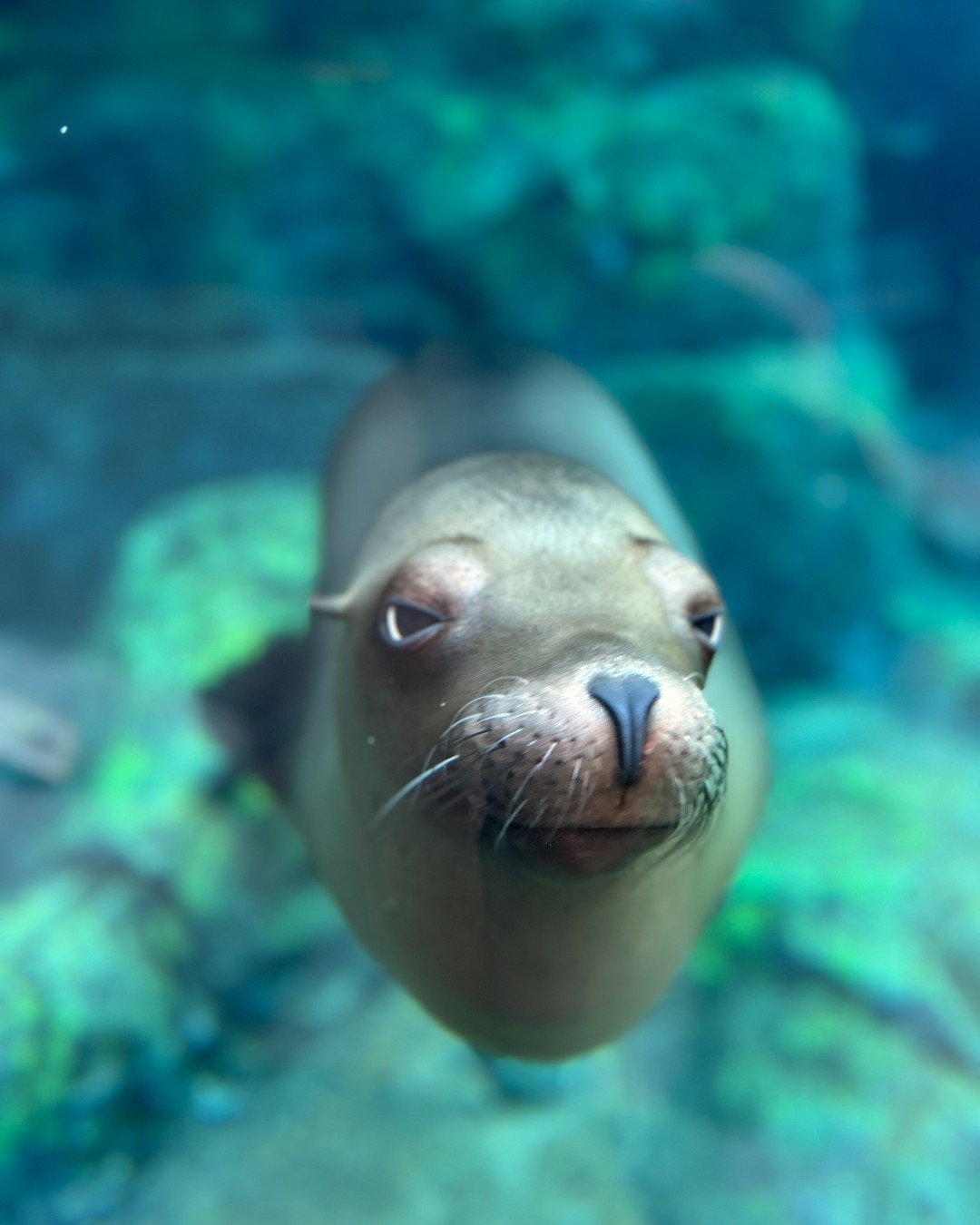- Understanding the role of Sea Lions in marine ecosystems and zoos
- Maximizing the educational and conservation impact of zoos
- Channeling inner Max: Best practices in animal care and public engagement
- The importance of conservation efforts and sustainable practices
- Strategic planning for zoological institutions in 2025
The Sea Lion Team takes center stage as we explore how to start 2025 by channeling our inner Max, focusing on the intersection of zoology, zoo management, and wildlife conservation. Sea lions hold a significant place in both marine ecosystems and zoological settings. Understanding their behavior, role, and conservation status is crucial for anyone involved in zoological practices or interested in marine life. Sea lions serve as a bridge between educational opportunities and the broader goals of conservation.
Sea lions are integral components of marine ecosystems. They act as both predators and prey in the oceanic food web, thus influencing fish populations, which in turn affects local fishing industries. Sea lions primarily feed on fish and squid, and their foraging habits help maintain the balance of marine life. By consuming a significant quantity of smaller marine organisms, they contribute to controlling fish populations, which can have cascading effects on marine biodiversity.
In zoos, sea lions are key educational ambassadors. They attract visitors with their playful personalities and engaging behaviors, making them ideal for conservation messaging and educational programs. Demonstrations and educational shows can serve dual purposes: entertaining the public and delivering crucial information about marine conservation. Through these interactions, zoos can educate the public on the need for protecting natural habitats and reducing human impacts, such as pollution and overfishing.
Channeling our inner Max involves adopting best practices in zoo management and enhancing public engagement. The Sea Lion Team leads by example, showcasing how to care for and maintain a thriving sea lion population in a controlled environment. Best practices include providing an environment that closely mimics their natural habitat, ensuring optimal health and well-being through comprehensive veterinary care, and innovative enrichment activities to maintain their physical and mental agility.
Enrichment is critical for the welfare of captive sea lions. It includes interactive toys, problem-solving tasks, and training sessions that encourage natural behaviors and mental stimulation. Enrichment activities help prevent stereotypic behaviors and promote a more natural lifestyle. It’s also essential to monitor dietary needs closely, ensuring that each sea lion receives balanced nutrition to maintain health and vitality.
The educational potential of zoos extends beyond mere entertainment. Zoos play a pivotal role in promoting conservation efforts and sustainable practices. They are custodians of biodiversity, demonstrating the significance of preservation efforts to a broad audience. By participating in breeding programs, wildlife rehabilitation, and research, zoos contribute to the survival of species that face threats in the wild.
Conservation programs often involve partnerships with other zoos, governmental bodies, and non-profit organizations to maximize impact. These collaborations can lead to successful breeding and reintroduction efforts, significantly aiding in the conservation of endangered species. Sea lions, which are sometimes subject to these programs, benefit greatly from the concerted efforts of these entities working together.
To maximize effectiveness, zoos must engage in strategic planning as we approach 2025. This involves setting goals aligned with advancing educational, conservation, and ecological objectives. Strategic plans should incorporate sustainable practices not just within the zoo but also encourage visitors to adopt more environmentally friendly behaviors.
One way to develop effective strategies is by analyzing current trends and predictions in both zoology and conservation science. This involves continuous evaluation and integration of new knowledge into the zoo’s operations. Researching better animal care practices, improving visitor engagement methods, and enhancing facility sustainability all contribute to a robust strategic plan.
Sustainability is key. Zoos should invest in renewable energy sources, reduce waste through comprehensive recycling and composting programs, and utilize water-saving technologies to model environmentally conscious behaviors for visitors. An eco-friendly zoo environment supports the educational message of conservation while demonstrating a practical application of those principles.
Integrated technology in zoo management can enhance visitor experiences and conservation efforts. Interactive exhibits, virtual reality experiences, and mobile apps can provide educational content tailored to visitor interests, leading to increased awareness and action regarding conservation issues.
The Sea Lion Team exemplifies how zoological institutions can balance diverse goals: safeguarding animal welfare, engaging the public, and promoting conservation. By focusing on these core areas, zoos can inspire the next generation of environmental stewards, ensuring sea lions and other wildlife continue to thrive both in managed care and their natural habitats.
Starting 2025 off channeling our inner Max means combining all these facets into a cohesive framework for future growth and impact. Empowered by knowledge and driven by passion, the Sea Lion Team, along with other stakeholders in the zoological community, plays a pivotal role in crafting a sustainable and informed approach to wildlife care and conservation. It’s a commitment to preserving natural wonders and fostering a deeper connection between humans and the vibrant world of marine life.
*****
Source Description
Starting 2025 off channeling our inner Max.
📸: Sea Lion Team


